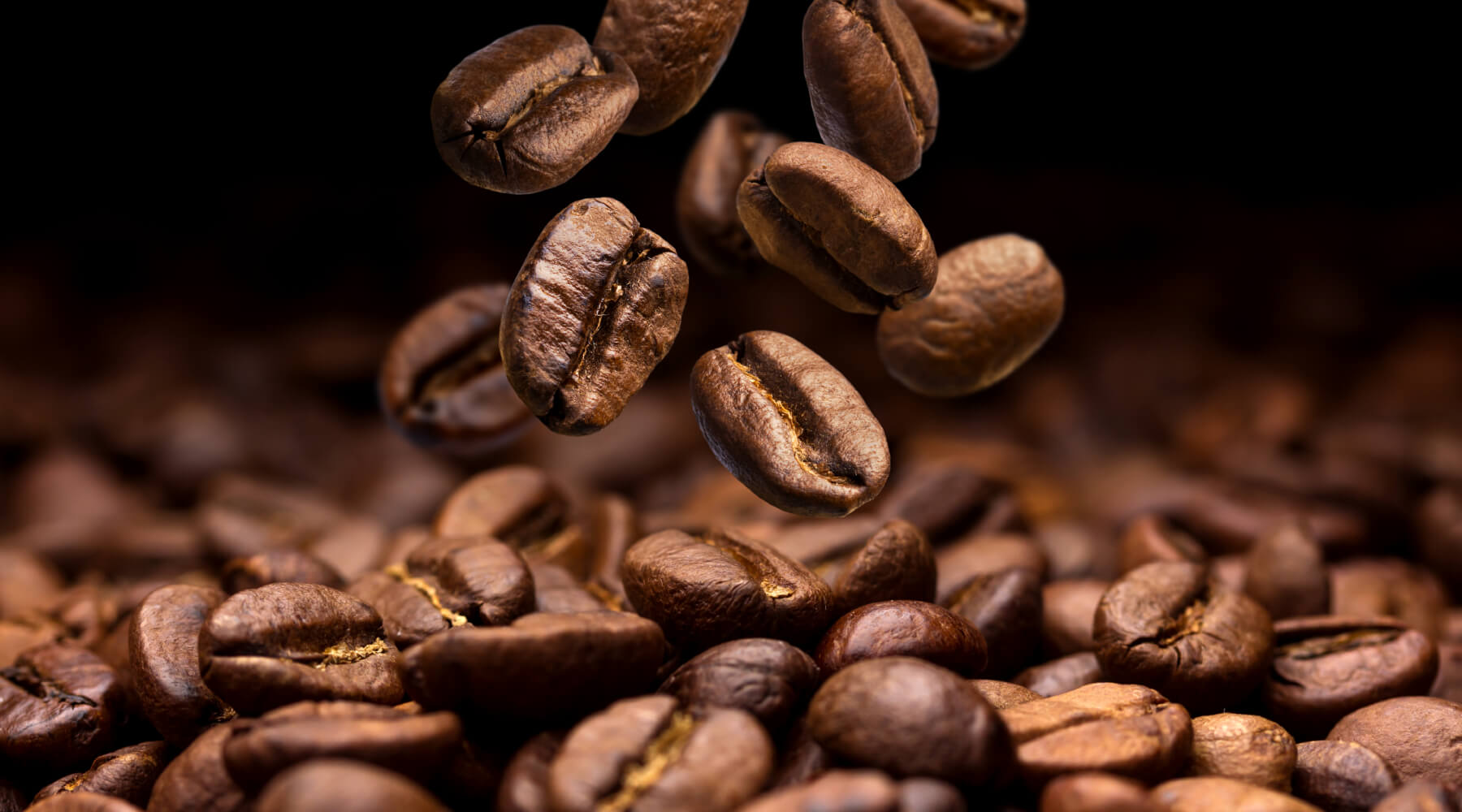RIO DE JANEIRO, BRAZIL – In 2021, the price per quintal of coffee had risen more than US$100 in the international market. Last week the aromatic coffee reached US$255.20, 110.7% more, compared to February 2021, when it was around US$121.10.
The escalation of international prices of aromatic coffee began in the last quarter of 2020. In 2021, it continued to rise due to the risk of supply shortages, with the worsening of the weather situation in Brazil, the world’s largest producer. In 2022 the increases continue.
According to the Coffee Note of the Salvadoran Coffee Council (CSC), on Thursday, February 10, the market touched its maximum in more than ten years, at US$260.45.

The volume of inventories remains slightly above one million 60-kilo bags, its lowest level in more than two decades.
“This figure indicates that the industry has begun to perceive more strongly in the disruption of supplies from exporting countries, especially due to container shortages and high freight rates. Rising oil prices are also weighing on future expectations due to shipping costs,” the CSC detailed.
DRINKING COFFEE WILL BECOME MORE EXPENSIVE
After reaching levels not seen in a decade, coffee prices will continue to soar this year, partly due to Brazil, whose harvest will be affected by adverse weather conditions and logistical challenges related to covid-19.
To a large extent, the global market depends on the volume of coffee that Brazil can extract in an unstable scenario; with supply tight, demand thriving, and the coronavirus pandemic still wreaking havoc in international production chains, a drop in prices is not in sight.
“The outlook for 2022, both in the international market and in Brazil, is for firm prices” with “moderate variations,” agronomist Fábio Costa, an analyst at the National Supply Company (Conab), linked to the Brazilian Ministry of Agriculture, told EFE.
2021 was a challenging year for coffee plantations in Brazil. They had a drop in their production of around 25% compared to 2020 when they harvested 63 million 60-kilo bags. The cause was the intense drought that preceded the flowering phase and the subsequent frosts of last austral winter.
For Costa, the La Niña phenomenon also contributed to this “break” in productivity in a year that was already expected to be worse due to the nature of the biannual coffee cycle.
All this, together with the problems in Vietnam and Colombia, the other major players in the sector, plus a rising demand, contributed to the price of coffee on the New York Stock Exchange to rise 74% in 2021, Gil Barabach, a consultant at SAFRAS & Mercado, an entity specialized in Brazilian agribusiness, told EFE.
In addition to the uncertainty about the actual performance of the Brazilian harvest in 2022, some projections indicate an increase in global consumption, in a context of “logistical chaos” generated by the pandemic, according to Barabach.
The lack of containers or the increase in freight costs has made it challenging to move coffee from the exporting countries to the main consumer markets, such as Europe and the United States, which has also put upward pressure on prices.
The Brazilian market has another internal problem. If the dollar continues to appreciate against the real, Brazilian exporters will be more likely to sell the grain abroad to obtain higher profits.
Barabach remarked that “what will mark the (international) market will be the next Brazilian harvest, and the expectation is that there will be a loss of potential,” and for 2023, more of the same, since today’s forecasts do not anticipate a sharp decline in future coffee prices.
The specialized portal Investing.com points out that the rise in coffee futures could increase costs for coffee shop customers.
It assures that “the rally implies an increase in operating costs for some of the world’s leading coffee chains, which depend on premium beans to produce their products”.
DOMESTIC COFFEE
The situation in Brazil has favored small producers. For example, in El Salvador, coffee growers are betting on expanding the crop because of good prices, which are expected to be maintained for three years. In January, the Coffee Association of El Salvador (ACAFESAL) encouraged producers to carry out the necessary agricultural work to achieve higher production.
The 2020-2021 harvest was 790,920 quintals. The Coffee Growers and Exporters Association of El Salvador (ABECAFE) estimates that the 2021-2022 harvest will be around 800,000 quintals. As of December 31, the Salvadoran Coffee Council reported 475,850 quintals of coffee.
For decades, Salvadoran production remained between 1 million and 4 million quintals; with the arrival of rust, the 2013-2014 harvest fell to 700,025 quintals. If we compare the results of the 1992-1993 fiscal year, when the country reached its maximum coffee harvest of 4.3 million quintals, to last year, the sector reduced its production by 81%.
Regarding coffee exports, figures from the Central Reserve Bank (BCR) indicate that in 2021, El Salvador totaled an exported value of US$122.8 million, experiencing a growth of 13.6% in value compared to the previous year.

